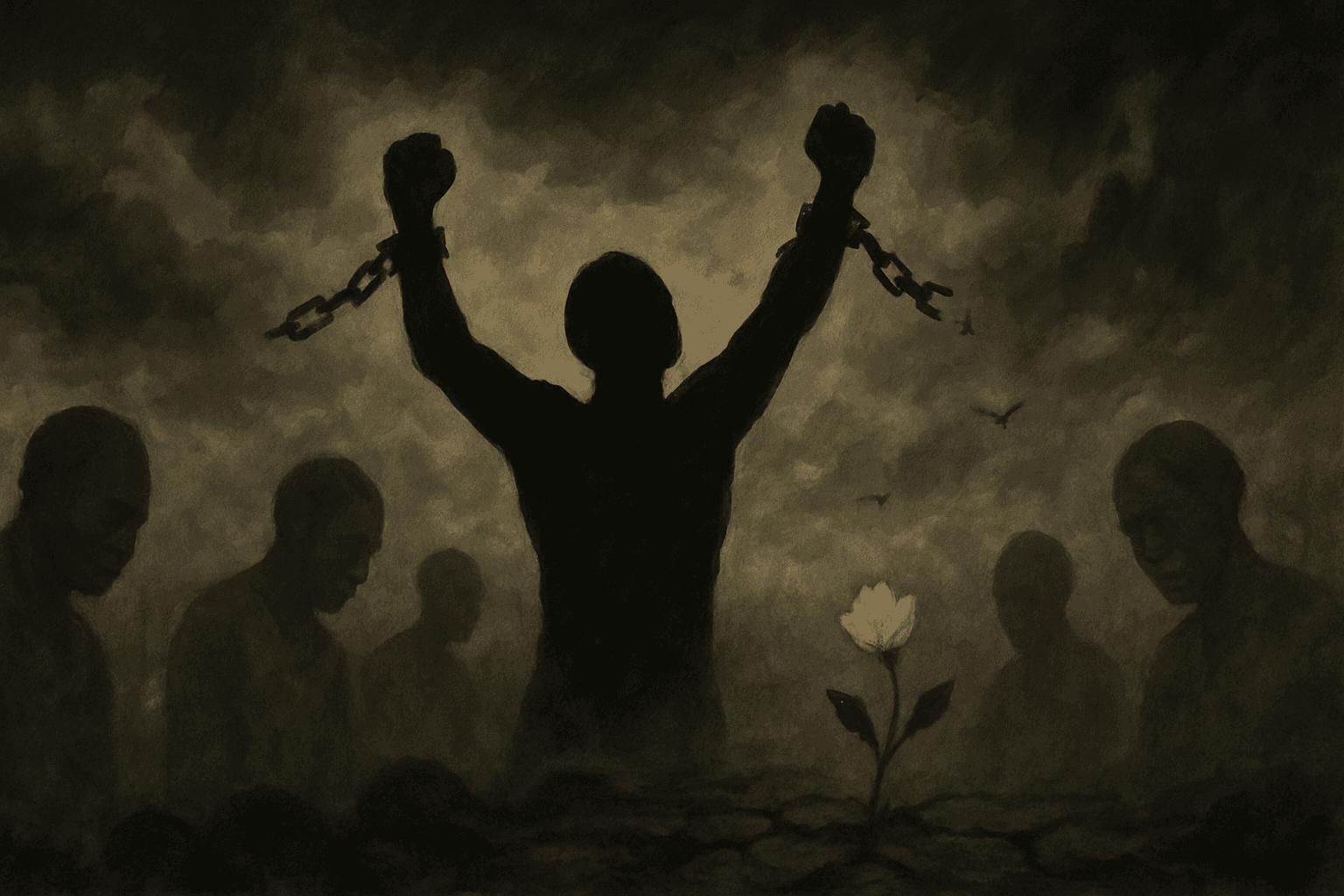The Unforgiving Truth: The Brutality of Slavery in Frederick Douglass's Narrative

When we delve into the pages of Frederick Douglass's " Narrative of the Life of Frederick Douglass, an American Slave ," we’re not just reading a story; we are confronting a harsh reality that many would prefer to overlook. Douglass's vivid recounting of his life as a slave pulls no punches. It’s a stark reminder that slavery was not merely an economic system but a brutal institution that inflicted deep scars—both physical and emotional—on its victims.
From the very beginning, Douglass introduces us to the chilling truths of slavery. In his early chapters, he describes the painful separation from his mother, a separation designed to break familial bonds and instill a sense of hopelessness. This was just the beginning of a series of brutal experiences that would shape his life. The overseer, Plummer, becomes a symbol of the violence inherent in the system, as Douglass witnesses the horrifying whipping of his aunt—a moment that crystallizes the brutality surrounding him.
As we move through the narrative, Douglass continues to expose the grim realities faced by those enslaved on Colonel Lloyd's plantation. The inadequacies of food, clothing, and shelter paint a picture of dehumanization that starkly contrasts with the lavish lifestyle of the plantation owner. Songs that are often perceived as joyful expressions turn out to be cries of sorrow, a poignant reminder that the facade of happiness was a mere cover for deep emotional pain.
Douglass doesn't shy away from illustrating the complexities of power dynamics within slavery. For instance, the introduction of Mr. Austin Gore marks a shift to a more violent regime, where punishment is not just common but expected. The chilling phrase that it costs “a half-cent to kill a 'nigger'” encapsulates the desensitization to violence that defined daily life for many enslaved individuals. This brutal normalization of violence serves to highlight the systemic injustices woven into the fabric of society.
But what stands out in Douglass's narrative is not just the physical brutality but also the psychological torment that accompanies it. The transformation of kindness into cruelty in the character of Mrs. Auld illustrates how slavery corrupts not only the enslaved but also those who wield power over them. Douglass's pursuit of knowledge becomes a form of rebellion against a system that seeks to keep him ignorant and subservient. The psychological effects of oppression are profound, showcasing how education can ignite a fiery desire for freedom.
As Douglass recounts his eventual escape, we see the culmination of his struggle against the brutalities of slavery. His meticulous planning and the support of a community remind us that while he breaks free from physical chains, the psychological scars of his experiences follow him. Even in what should be a moment of triumph, he grapples with feelings of loneliness and the weight of his past.
Ultimately, Douglass's narrative is not just a personal story; it’s a universal exploration of the brutality of slavery. It forces us to confront uncomfortable truths about our history—a history marked by suffering, resilience, and the unyielding quest for freedom. As we reflect on his journey, we are left with a powerful reminder: the scars of slavery may fade over time, but the lessons learned from Douglass's life remain vital in our ongoing fight for justice and equality today.
In the end, Douglass's story is a call to action. It urges us to remember the past, reflect on the present, and strive for a future where such brutalities can never again take root. The fight for freedom is not just a historical narrative; it’s a continuous journey that we all must engage in.
Books: Narrative of the Life of Frederick Douglass, an American Slave
Authors: Frederick Douglass
Publishers: Public Domain